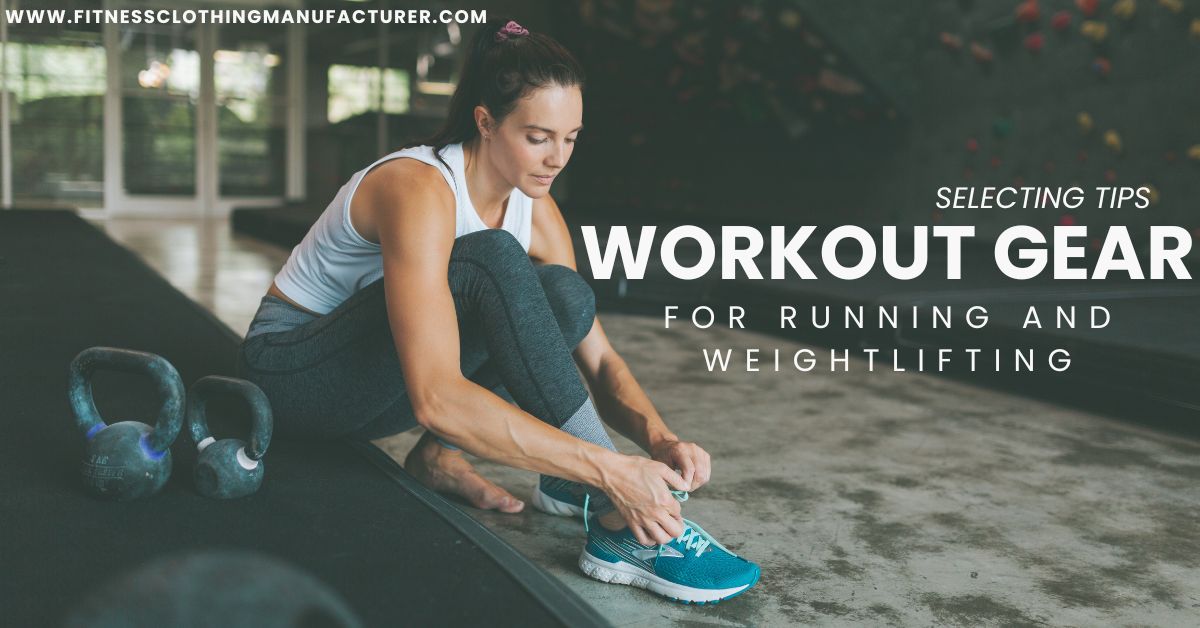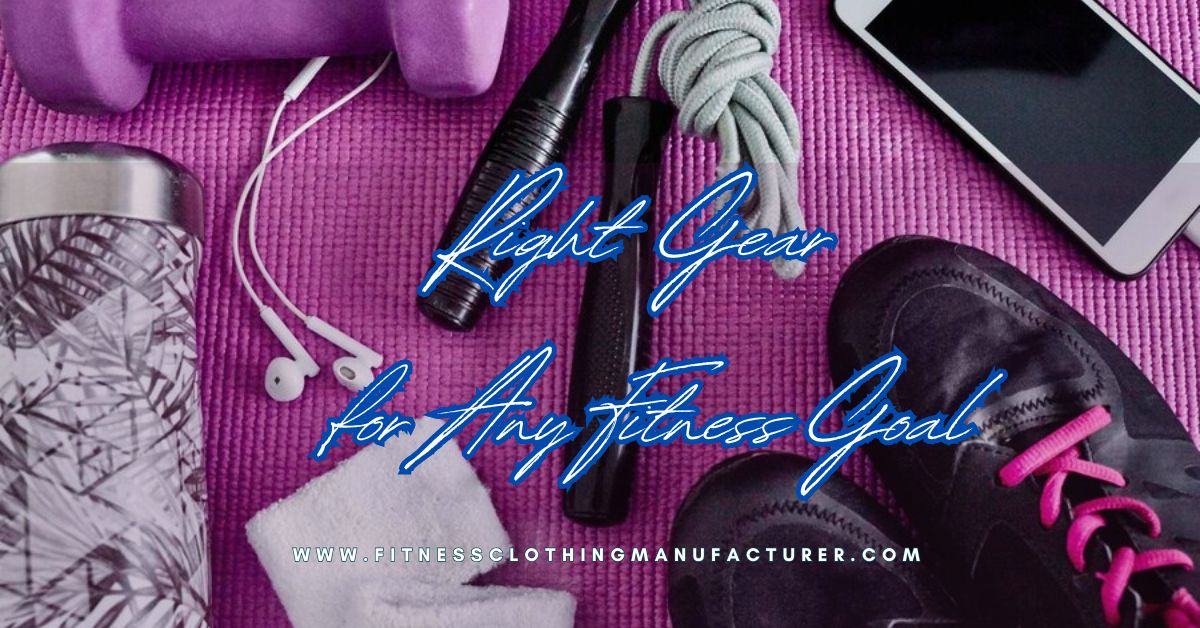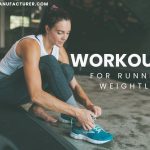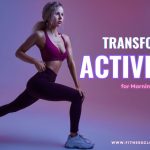Stride or Strength: Selecting the Best Workout Gear for Running and Weightlifting

Fitness goals mold the clothing in addition to the body. A good lifting session may be hampered by what works for running, and vice versa. Knowing how to dress with purpose is more crucial than ever as the health and wellness sector grows. The effects of specific clothing choices on performance, recuperation, and safety are frequently disregarded by casual gym patrons and athletes. This blog examines the variations in training needs between running and lifting, advising readers to dress strategically rather than habitually.
The Role of Clothing in Fitness Performance
The right clothes help workouts through injury prevention, temperature regulation, and better mobility. However, wearing the wrong clothes can increase the hazard of chafing or strain, raise discomfort, and curb movement. Picking workout clothes based on fitness goals helps recognize the demand each domain puts on the body.
Lifting and running require various ranges of motion, engage different muscle groups, and produce different stress levels. Of course, to support such efforts, they also want various kinds of apparel.
Understanding Running Clothing: Motion and Endurance
Running is repetitive and vigorous. The body remains in constant motion for prolonged periods, whether during a sprint or a marathon, which causes sweating and heat production. Running gear's main objective is to effectively assist such movement while maintaining the body's comfort and dryness.

Key Clothing Features for Runners
- Lightweight and Breathable Materials
Running produces steady body heat. Airflow must be permitted by fabrics to avoid overheating. To keep runners cool and lower their risk of skin irritation, moisture-wicking fabrics draw sweat away from the skin and aid in its rapid evaporation.
- Streamlined Fit
Loose garments may flap in the wind or clump up during strides. Form-fitting clothing reduces drag and removes distractions. However, it should never limit circulation or range of motion.
- Anti-Chafe Design
Long-distance runners are particularly prone to chafing; hence, seams must be strategically placed or minimal. Gusseted panels and flatlock stitching are preferred design picks that ensure comfort.
- Weather-Specific Layers
Running does not pause for the weather. Chilly dawns demand thermal leggings or long sleeves, while scorchy afternoons call for breathable shorts and tank tops. Breathable and light, water-resistant outer layers are perfect for rainy days.
- Compression Accessories
Even though compression wear is considered optional, most runners favor compression calf sleeves or socks to reduce post-run fatigue and promote circulation.
Understanding Lifting: Clothing for Power and Stability
Weight training causes localized tension in muscles and joints. Movements are often shorter but more vigorous. Lifters' apparel should provide structure, support, and durability while allowing for a complete range of controlled movement.
Key Clothing Features for Lifters
- Durable and flexible fabrics
Lifting, unlike running, involves workouts such as squats, deadlifts, and overhead presses, all of which include stretching, bending, and bracing. Materials should be a four-way stretch and strong enough to sustain barbell impact.
- Supportive Waistbands and Fit
Clothing should be kept secure in lifts. High-waisted or compression-fit bottoms avoid slippage, bunching, and the need for continuous adjustments in the middle of the set.
- Joint Support
Clothing cannot substitute excellent form, although it can help with joint stability. Elbow sleeves, wrist wraps, and knee sleeves, while considered accessories are integrated into garment selections to increase safety and limit the chance of harm.
- Sweat Management in High-intensity Workouts
Lifting may not create the same consistent perspiration as jogging, but explosive sets and supersets raise body temperature rapidly. Breathable textiles are still useful, especially for high-rep hypertrophy or circuit training.
- Flat Sole and Grounded Footwear Compatibility
Although this is about shoes, it's worth emphasizing that bottoms, particularly shorts and joggers, should be paired with solid footwear. Baggy or too-long pants might make it difficult to maintain proper posture and balance while lifting.
Dressing for Two Goals: What Happens If You Do Both?
Many fitness aficionados combine cardio with weight training. In that instance, a hybrid wardrobe is ideal. Choose layered outfits: begin with a sweat-wicking base layer for the run, then add compression or supportive apparel for lifting. Stretchable joggers and convertible tanks are multipurpose products that may bridge the gap.
Retailers and business owners who want to address the diverse demands of runners and strength trainers can expand their assortment with activity-specific performance apparel. Sourcing directly from top branded USA manufacturers and suppliers gives access to high-quality, effective exercise gear specialized to certain disciplines.


















